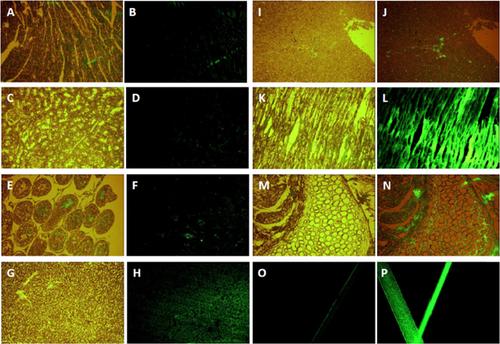Multiorgan engraftment and differentiation of mouse-induced pluripotent stem cells in rats: a roadmap towards personalised stem cell medicine
Abstract
Tissue engineering and regenerative are aiming at generating tissues to replace damaged and deteriorated organs. Recently, tissue engineering was applied to generate artificial skin for burn patients, tissue engineered trachea, cartilage for knee-replacement procedures, urinary bladder, urethra substitutes and offered cellular therapies for the treatment of urinary incontinence. The major advantage of tissue engineering approach over traditional organ transplantation is to circumvent the problem of organ shortage. Tissues reconstructed from readily available patents' stem cells induced no immunogenicity when reimplanted in the patient. However, pluripotent stem cells are major limited factors in regenerating new tissues. To overcome these problems, we developed a new technology called as ‘invivo interspecies tissue engineering’ (INVITE) and used the potential of induced pluripotent stem cells (iPSCs) to regenerate new tissues in a host organism. As a model, we used the mouse pluripotent stem cells to assess the potential of these cells to regenerate mouse tissues in rat. Three chimeric rats have been generated by mouse-induced pluripotent stem cells assessed by monitoring of green fluorescence protein (GFP) and polymerase chain reaction (PCR) assays. This study shows clearly that mouse-induced pluripotent stem cells are able to engraft in rat embryos and are capable to differentiate to multiple tissues. Beside the enormous important application of in vivo tissue engineering in human to develop new therapeutic approaches through regenerating new tissues, this model offers an accessible system for study of organ development and a valuable tool for personalised drug screening and a novel approach for personalised stem cell-based tissue regeneration.


 求助内容:
求助内容: 应助结果提醒方式:
应助结果提醒方式:


